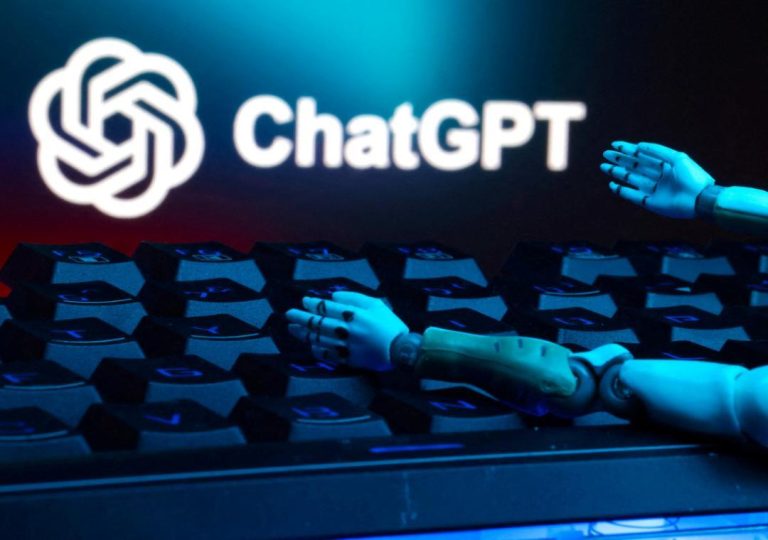
Physiotherapy: How AI & AR are making pain a thing of the past
Pain is a universal human experience that can be debilitating and demotivating. According to the World Health Organization (WHO), an estimated 1.5 billion people worldwide suffer from chronic pain, which can significantly impact daily life and overall well-being. Physiotherapy, a healthcare profession that focuses on the diagnosis, treatment, and prevention of disorders and injuries, has long been the go-to solution for managing and alleviating pain. However, with the rapid advancements in artificial intelligence (AI) and augmented reality (AR), physiotherapy is undergoing a significant transformation, making pain a thing of the past.
The Evolution of Physiotherapy
Traditionally, physiotherapy has relied on manual therapy, exercise, and education to help patients manage pain and restore function. While these methods have been effective, they often require a significant amount of time and resources. With the integration of AI and AR, physiotherapy is shifting its focus from treatment to prevention, enabling patients to take an active role in their healthcare journey.
AI-powered Physiotherapy
AI is revolutionizing physiotherapy by providing real-time posture corrections, personalized exercise plans, and early detection of musculoskeletal issues. AI algorithms can analyze a patient’s movement patterns, identifying areas of tension and strain, and provide targeted exercises and stretches to alleviate pain and improve flexibility.
For instance, AI-powered physiotherapy software can analyze a patient’s gait pattern, identifying potential issues with ankle stability or knee alignment, and provide customized exercises to strengthen the affected muscles. This approach not only reduces the risk of injury but also improves overall mobility and balance.
AR-powered Physiotherapy
AR is also transforming physiotherapy by providing an immersive and interactive experience for patients. AR technology overlays digital information onto the real world, allowing patients to visualize their body in 3D and track their progress in real-time.
AR-powered physiotherapy apps can guide patients through exercises and stretches, providing real-time feedback on proper technique and alignment. This approach not only enhances patient engagement but also increases the effectiveness of treatment.
Benefits of AI and AR in Physiotherapy
The integration of AI and AR in physiotherapy offers numerous benefits, including:
- Improved accuracy: AI-powered diagnosis and treatment plans reduce the risk of human error, ensuring that patients receive the most effective care.
- Personalized treatment: AI and AR provide customized exercises and stretches tailored to each patient’s unique needs and goals.
- Increased accessibility: AI and AR-enabled physiotherapy can be accessed remotely, making it easier for patients to receive treatment from the comfort of their own homes.
- Enhanced patient engagement: AR technology engages patients in their treatment plan, increasing motivation and adherence to exercises and stretches.
- Reduced healthcare costs: AI-powered physiotherapy reduces the need for costly hospitalizations and surgeries, providing a cost-effective solution for managing chronic pain.
The Future of Physiotherapy
The integration of AI and AR in physiotherapy is poised to revolutionize the way we approach pain management and prevention. As these technologies continue to evolve, we can expect to see:
- Increased adoption: AI and AR-enabled physiotherapy will become the norm, with more healthcare providers incorporating these technologies into their treatment plans.
- Improved patient outcomes: AI and AR-powered physiotherapy will lead to better patient outcomes, reducing the risk of chronic pain and improving overall quality of life.
- New career opportunities: The rise of AI and AR in physiotherapy will create new career opportunities for physiotherapists, AI developers, and AR designers.
Conclusion
The integration of AI and AR in physiotherapy is a game-changer in the healthcare industry. By providing real-time posture corrections, personalized exercise plans, and early detection of musculoskeletal issues, AI and AR-enabled physiotherapy is poised to make pain a thing of the past. As these technologies continue to evolve, we can expect to see a shift from treatment to prevention, enabling patients to take an active role in their healthcare journey.
Source: https://www.healthcareradius.in/features/technology/physiotherapy-obesity-tech






